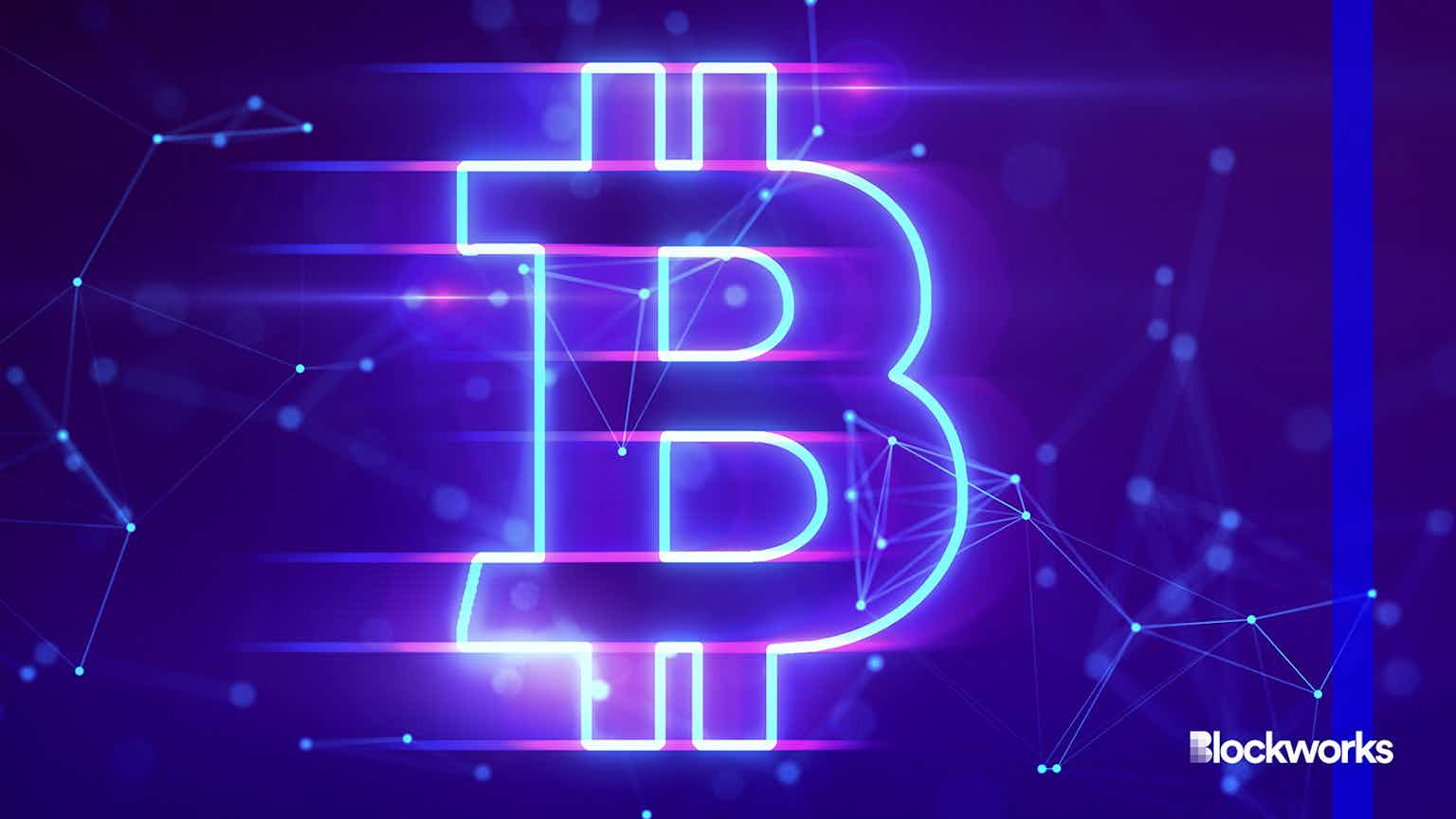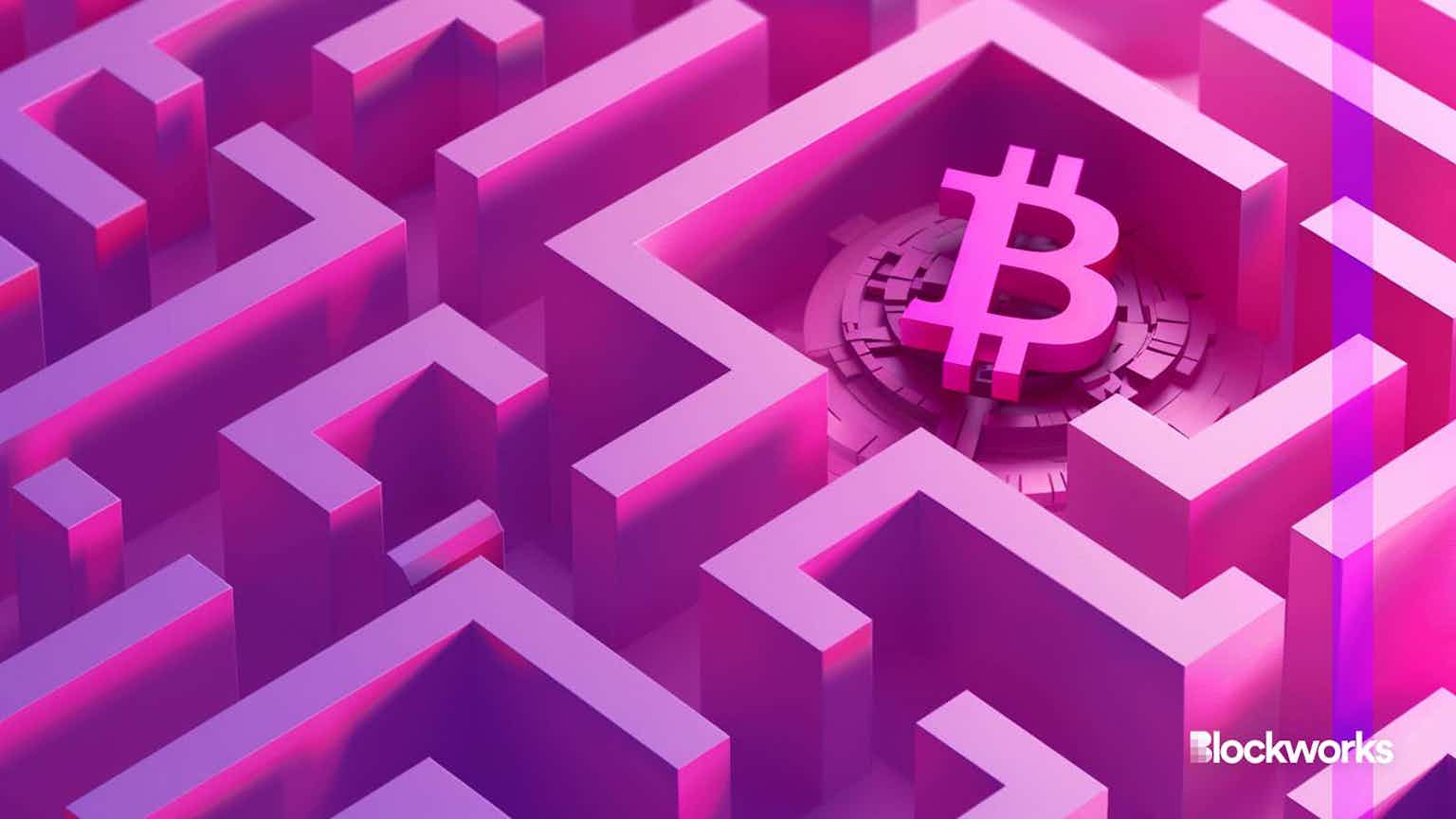Stop tokenizing everything
No sane investor should be choosing a tokenized version of a product over the original if they have access to it

Bjoern Wylezich/Shutterstock modified by Blockworks
Tokenization, especially of real-world assets, has become one of the most discussed trends in DeFi — and it continues to gain momentum.
According to research from Galaxy, the total value locked in RWAs has nearly doubled in 2023, growing from $1.44 billion to $2.5 billion. Not only are these numbers tiny in the world of finance, but they’re also tiny for a good reason.
Tokenization is mostly a value-destructive technology right now: The industry needs to return to the fundamentals of how value accretion works in finance.
What is the actual value of the tokenization projects we have seen in 2023? Despite the allure, tokenization now only adds additional risk and fees to financial products that are easily accessible in the “real world.”
No sane investor should be choosing a tokenized version of a product over the original if they have access to it.
Take, for example, the tokenized bitcoin ETF — a ridiculous product. You’re taking an on-chain crypto asset, wrapping it in a securitization structure (ETF), only to re-wrap it in an SPV (special-purpose vehicle) and put it back on-chain. Hey, I’ve got a deal for you. I’ll sell you a wooden box, but just for you, I will put it in a special big plastic box with lots of other people’s wooden boxes. Then, I will put that big plastic box into another even bigger wooden box! Of course, each layer of boxes charges you an extra servicing fee for the special privilege of never being able to access the box you bought (but I promise you, it’s in there somewhere). This is a particularly egregious example, but in many cases, current tokenization is turtles all the way down.
It does not have to be that way.
Real value can come from using blockchain for financial products. Cryptocurrency is inherently a programmable money technology, so it would stand to reason that you should program the things that should happen to your money directly.
Smart contracts can eliminate the current runaround from servicers to banks, back to servicers, and often back to banks again, which is so common in traditional finance. Instead, they can offer a less convoluted, less expensive, more transparent and more efficient way of settling many financial transactions on-chain. The earlier in the system money goes on-chain, the easier and cheaper it will be to tranche, route and service financial transactions.
Read more from our opinion section: Don’t shoe-horn DeFi into existing laws
Astute asset managers in the tokenized asset space can identify projects adding value by managing this flow directly on-chain. These projects — which are yet few and far between — modernize the securitization process by moving funds on-chain, often as directly upon receiving payment from the bank of a consumer or business. From there, all stakeholders can see the funds entering the accounts, the movement of funds, tranching, fees taken and delivery to “token holders” who have a claim to those payouts.
For the tokenizer, it takes time, diligence, technical expertise and legal expertise to build this process. It is not nearly as easy as simply wrapping a security that someone else has already put together.
This shortcut that projects are taking makes a laughingstock of the digital asset industry, and in the end, investors can see through the farcical nature of it all. Diligent investors will find and understand the tokens that actually add security, transparency and efficiency by doing the work the right way.
One may naturally ask, is all this work worth it?
According to a Reuters report in October, the SEBI detected at least a dozen cases involving $1.8 billion to $2.4 billion where alternative investment funds were misused. This striking increase deters investors, making it imperative to reevaluate our strategies and redirect our attention toward transparent and secure on-chain solutions.
By bringing the cash flow of loans on-chain, investors can see the financial metrics needed to properly evaluate their loans and — potentially more importantly — eliminate the risk of funds being mishandled by firms. A new generation of on-chain first digital asset managers already delivers full transparency into customers’ holdings by keeping all funds on-chain and making them easily verifiable at any given time.
As the market and technology continue to evolve in the coming year, we will see the emergence of useful asset classes transitioning onto the blockchain. However, the industry’s success won’t hinge on the superficial tokenization of things like funds or ETFs. Instead, it will thrive by unlocking DeFi’s full potential to organically integrate new assets on-chain.
Our primary financial asset classes, equities and treasuries are already digital assets. Given their digital nature, they could soon be authentically minted (or “registered”) natively on-chain, though the specific blockchain — whether public or private — remains uncertain.
The challenge lies in the native on-chain deployment of these assets, as opposed to the current off-chain practices. This move towards native on-chain existence reflects a commitment to enhanced security, transparency and efficiency, signaling a major shift in the financial landscape — not to mention breaking the oligopolies that profit off the current systems.
Start your day with top crypto insights from David Canellis and Katherine Ross. Subscribe to the Empire newsletter.





